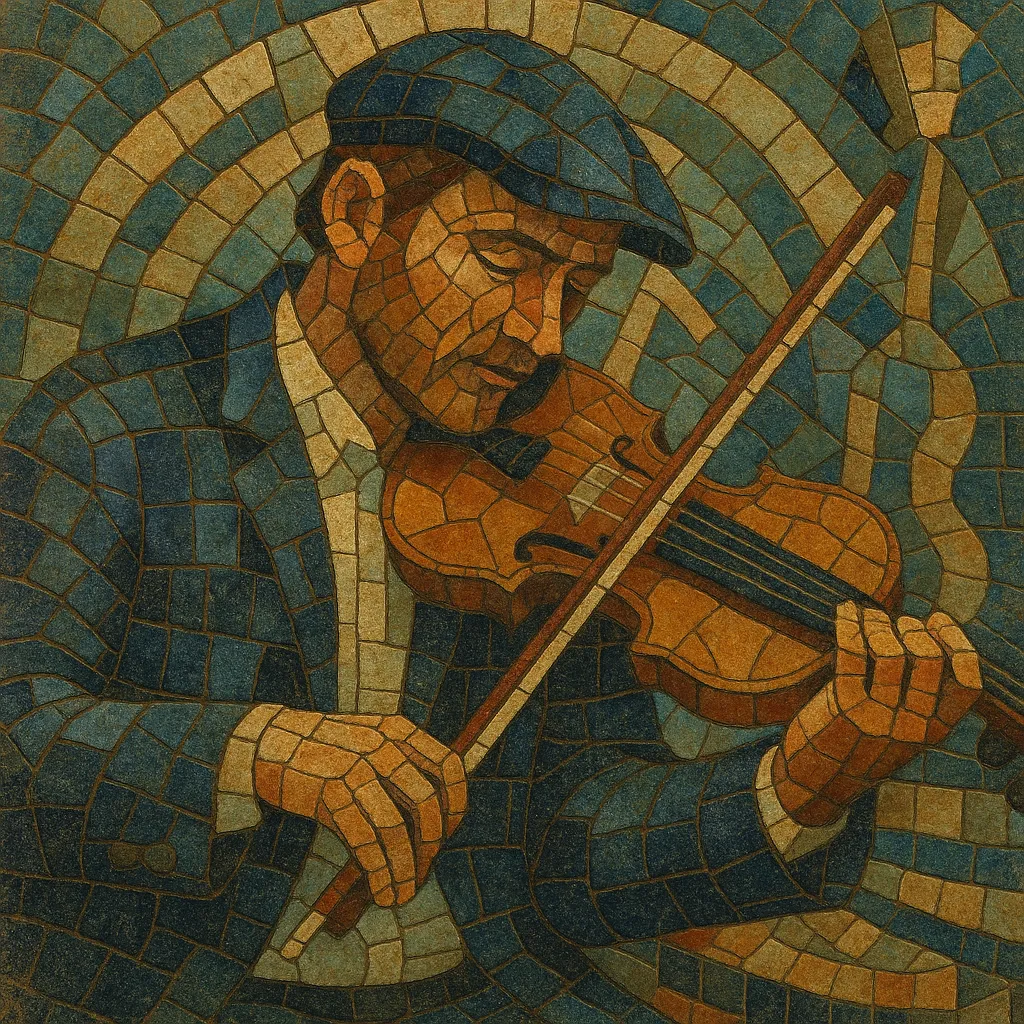Cape Breton fiddling is a vigorous Scottish-Gaelic–rooted violin tradition from Cape Breton Island in Nova Scotia, Canada. It is best known for driving dance rhythms, pipe-influenced ornaments, and distinctive piano accompaniment that propels step dancing.
Typical sets string together marches, strathspeys, reels, and jigs, often moving from a measured stride to high-energy dance tunes. Hallmarks include the strathspey’s “Scotch snap,” pulsing bow accents, crisp articulation for dancers, modal tonalities (especially mixolydian and dorian), and robust left-hand/bass-run piano vamps that mirror Highland pipe and dance band grooves.
Scottish Gaels who settled on Cape Breton Island during and after the Highland Clearances brought with them strathspeys, reels, marches, and jigs, along with a strong step-dance culture and pipe repertoire. Geographic isolation on the island helped preserve older Scottish styles of bowing, ornamentation, and repertoire that elsewhere evolved differently.
Fiddle music thrived at house parties, parish halls, and community dances, with piano becoming the favored accompanist to support dancing. Radio broadcasts and early recordings by seminal players—most notably Winston "Scotty" Fitzgerald—codified a Cape Breton approach: bright tempos, clean articulation, and tune medleys built for dancers.
A 1970s revival, led by local associations and festivals, re-energized the tradition, revealing a deep well of local composers and tune books. Artists like Buddy MacMaster, Jerry Holland, and the Rankin musical family popularized the style across Canada. In the 1990s, stars such as Natalie MacMaster and Ashley MacIsaac brought the music to global stages, fusing it at times with rock or pop while keeping dance-driven core aesthetics.
Cape Breton fiddling remains vibrant in kitchens, halls, and festivals (e.g., Celtic Colours International Festival). New generations uphold the march–strathspey–reel set format, expand the repertoire with newly composed tunes, and sustain the characteristic piano style while collaborating across broader Celtic and folk scenes worldwide.


